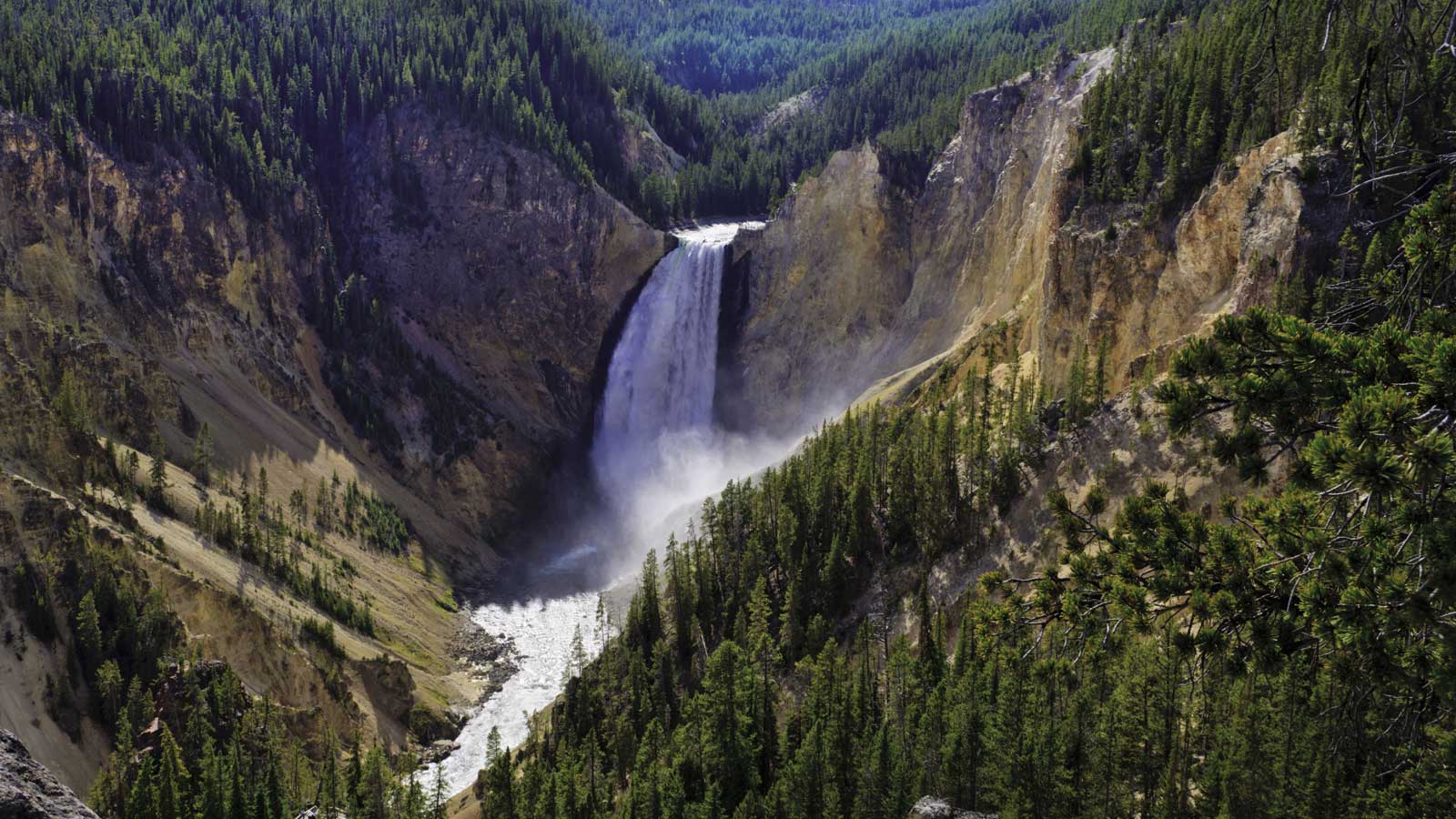Features
There is a Line
That Good Old Baylor Line joins the Baylor Family across the state from Baylor's Waco campus to its Louise Herrington School of Nursing in Dallas
Celebrating the 2023 Baylor Alumni Award Honorees
Baylor honors the achievements of the 2023 Alumni Awards recipients who elevate the University's mission
Beyond the Game
The country has never been more aware of the role of athletic trainers, and Baylor employs and produces some of the best in the industry




